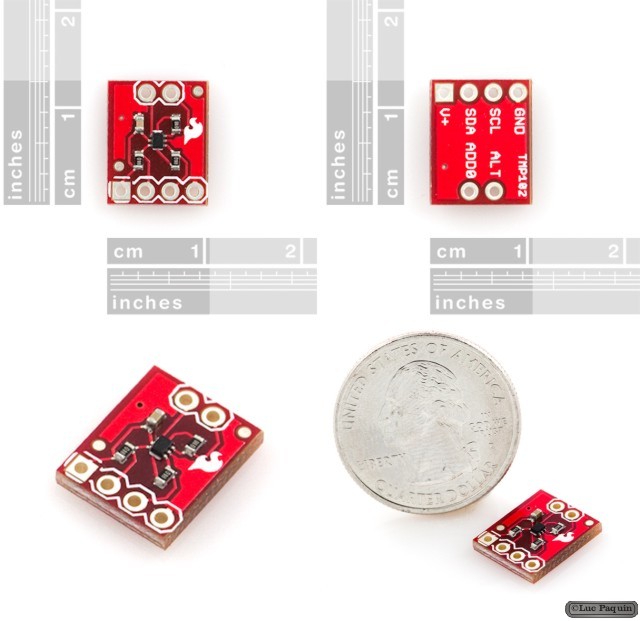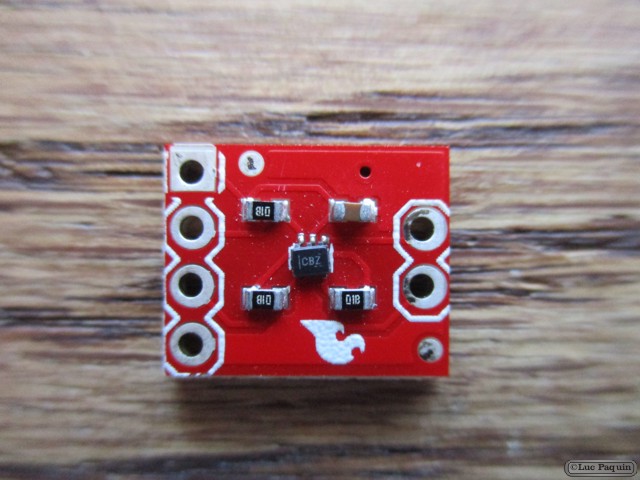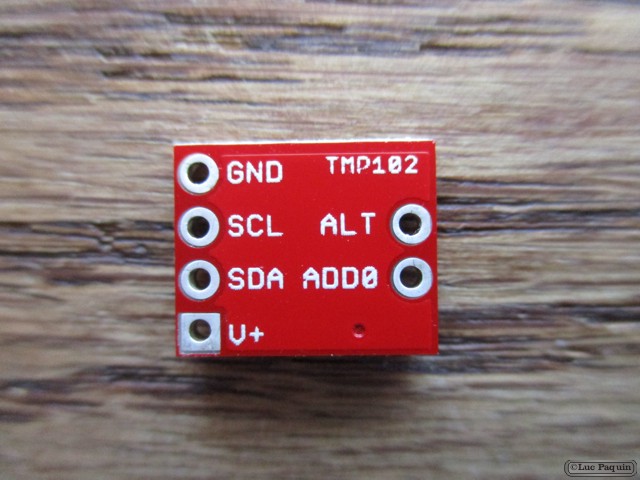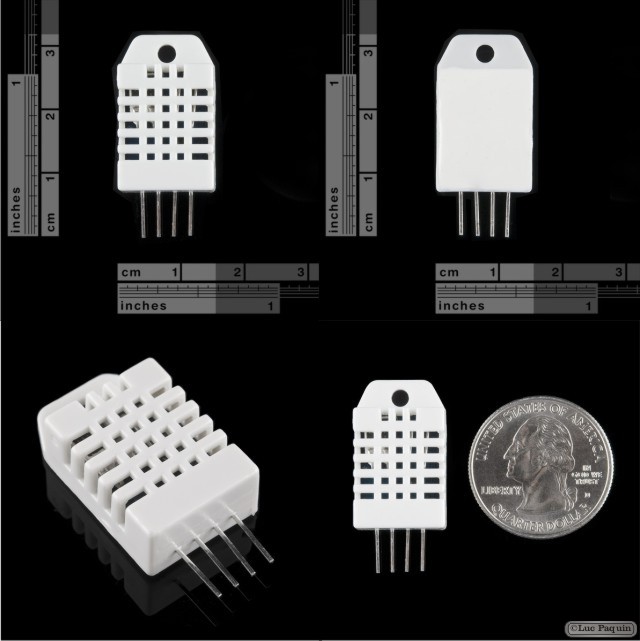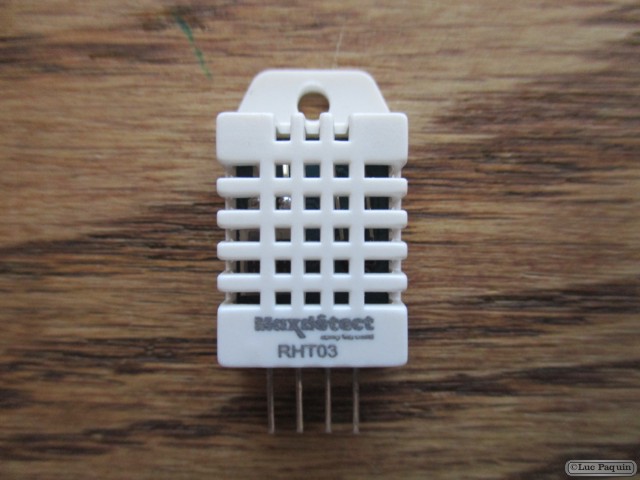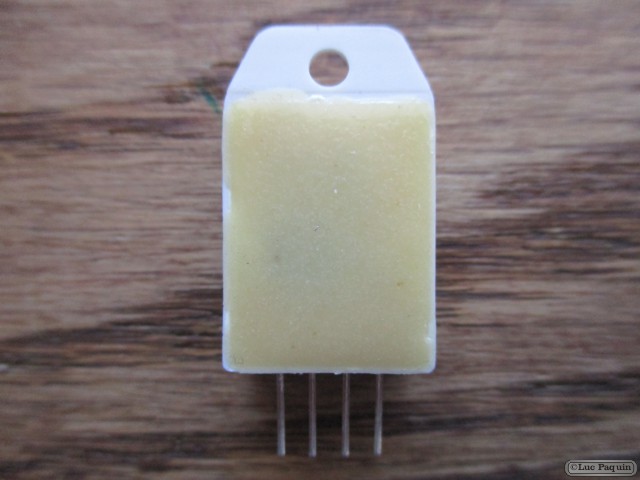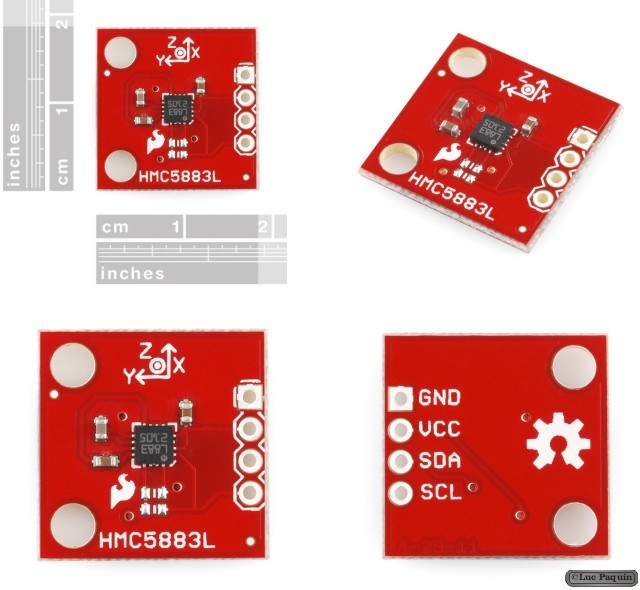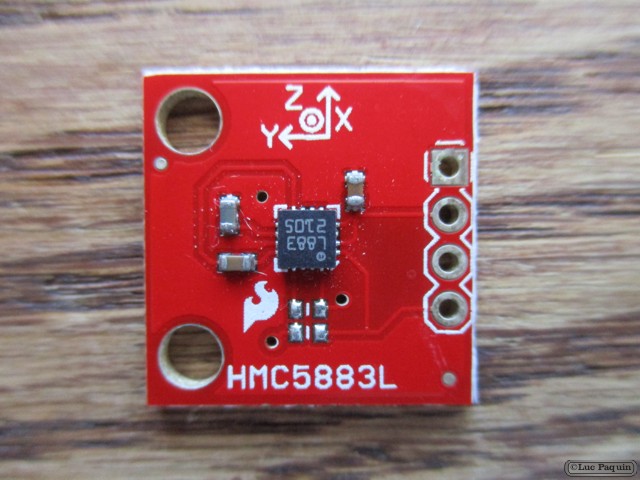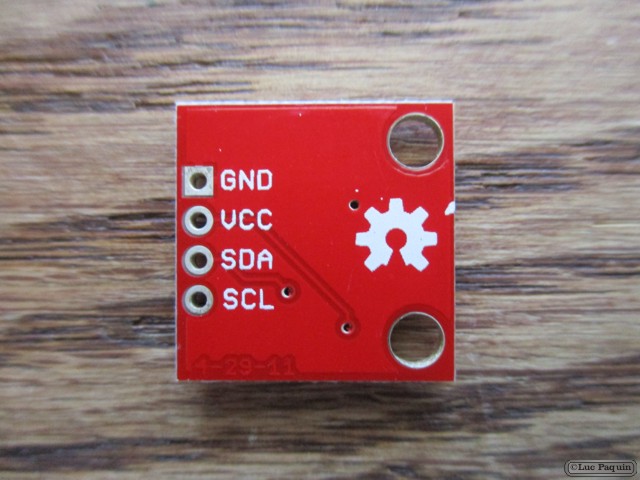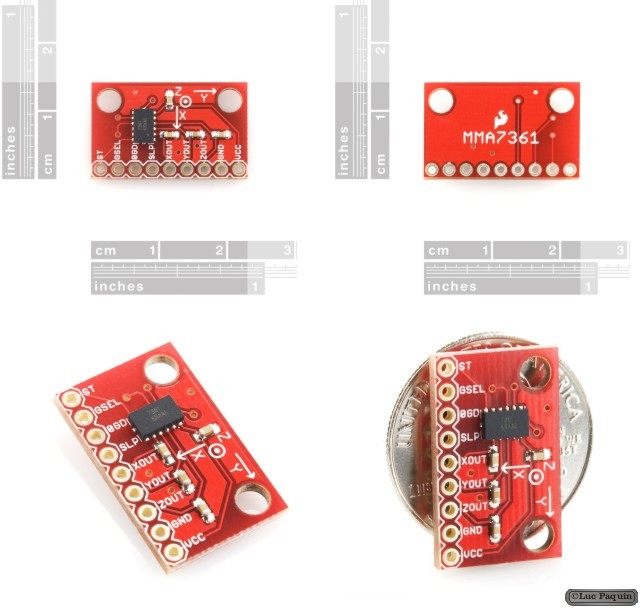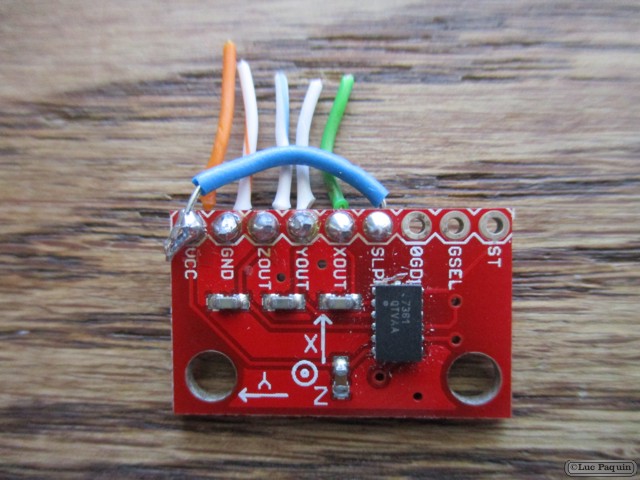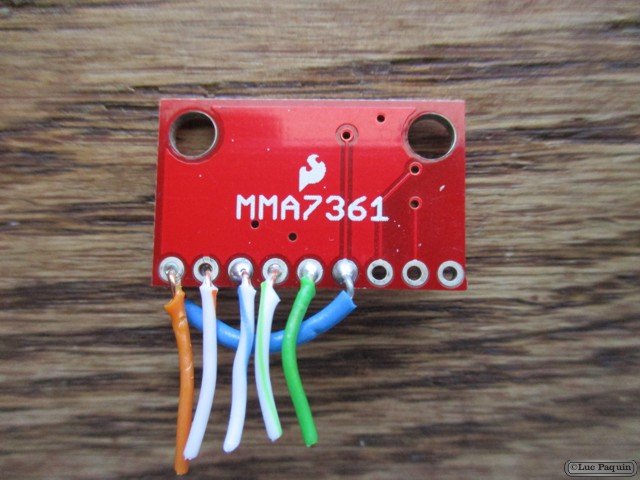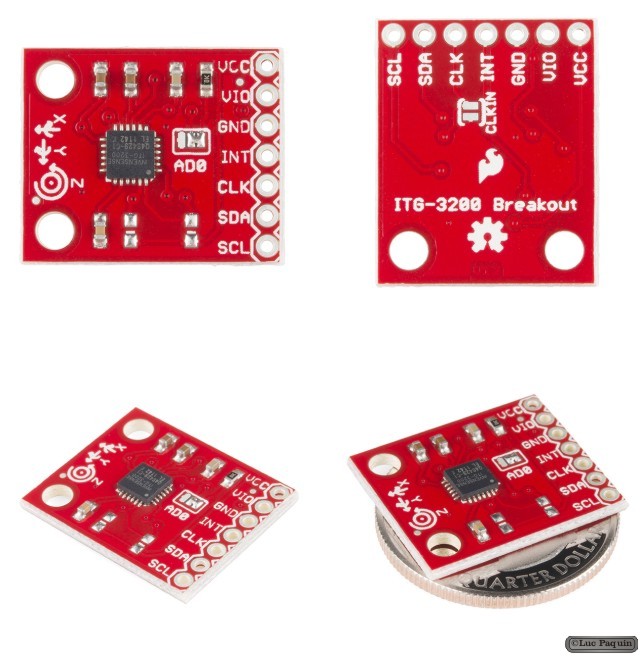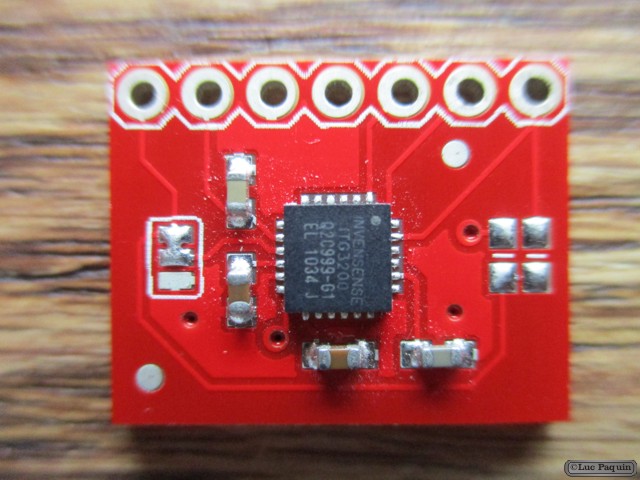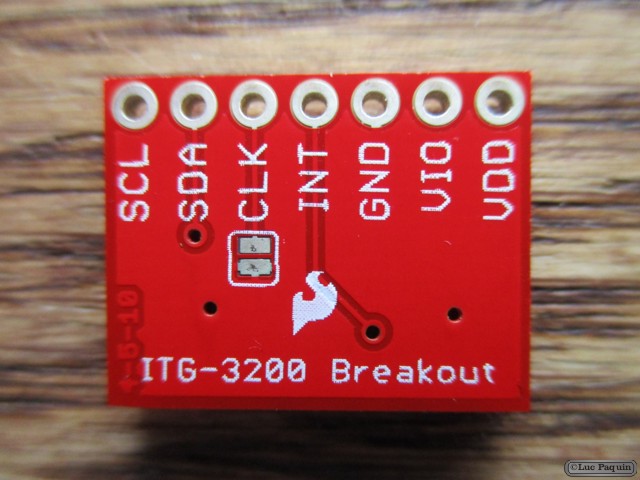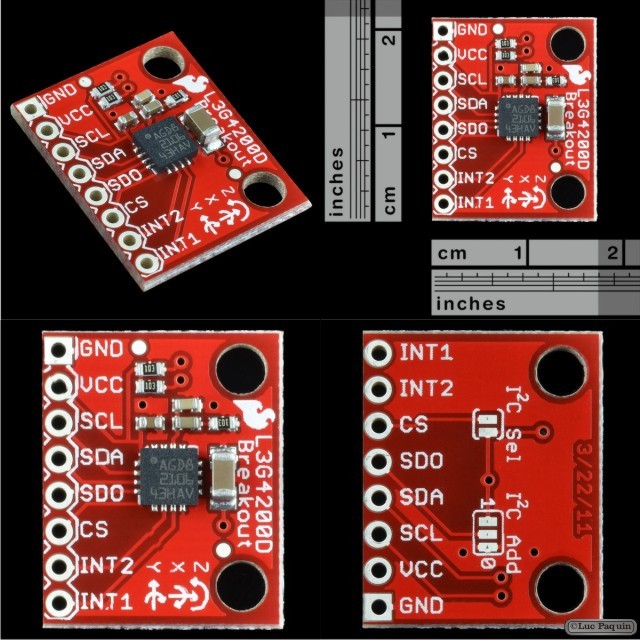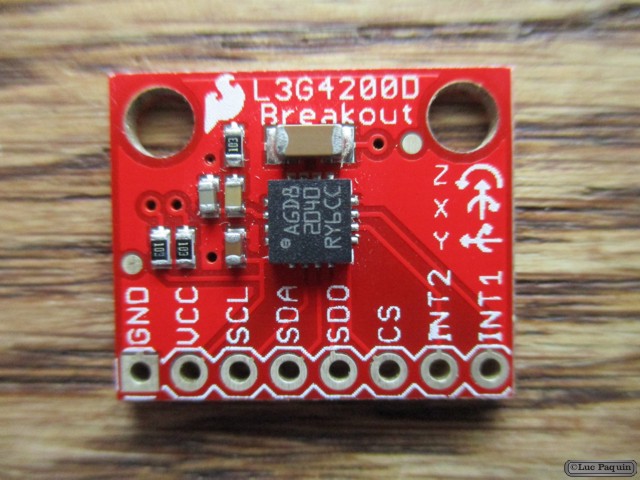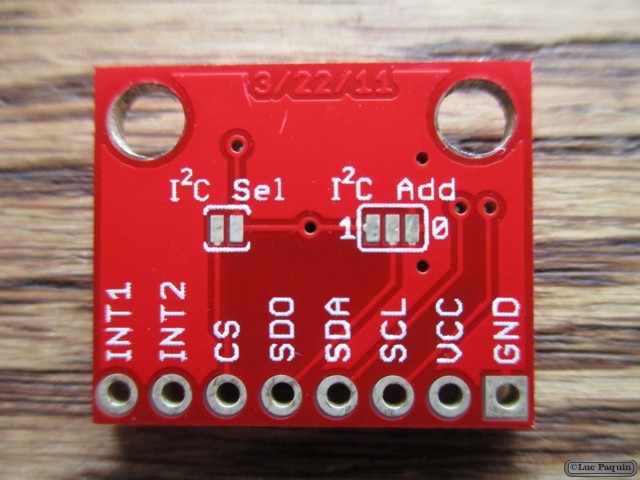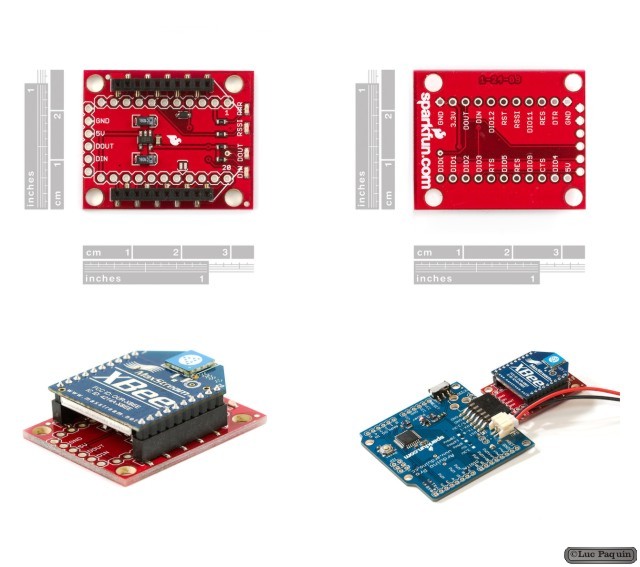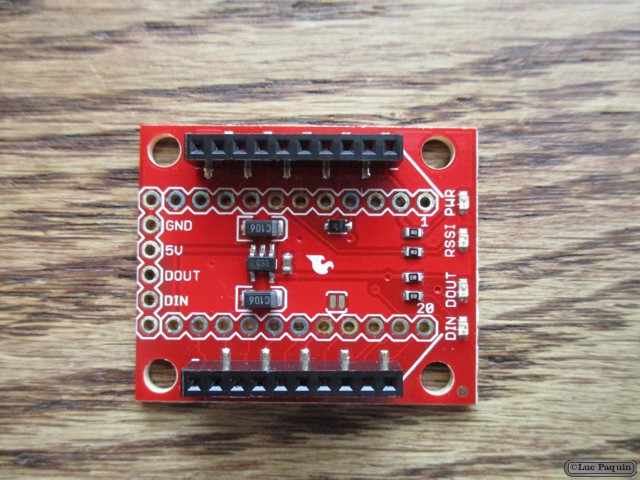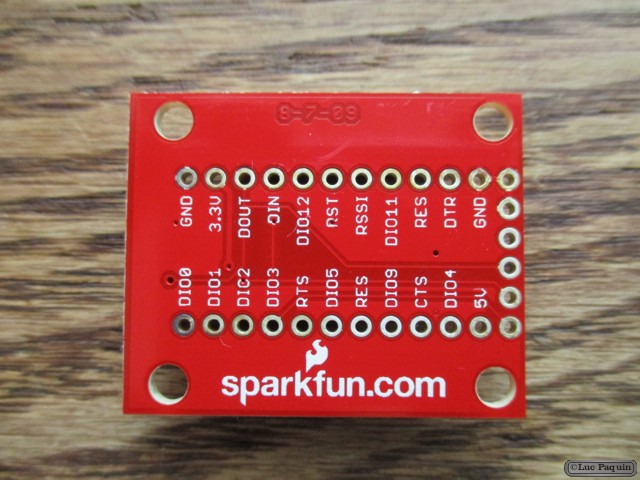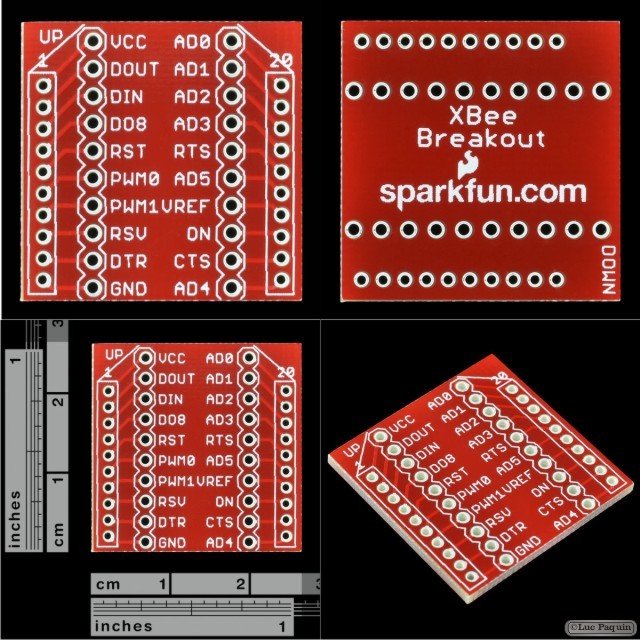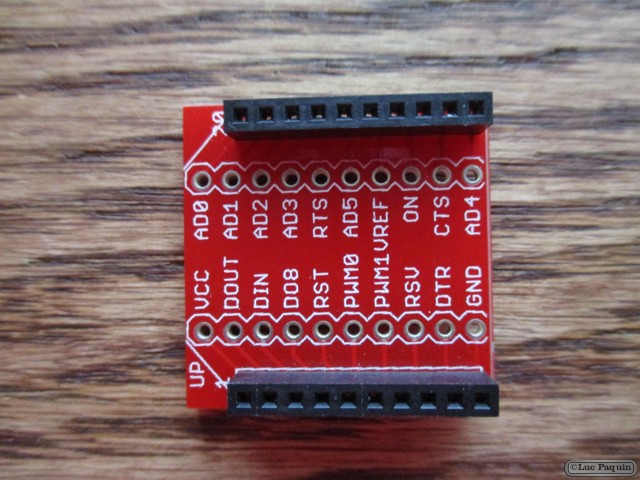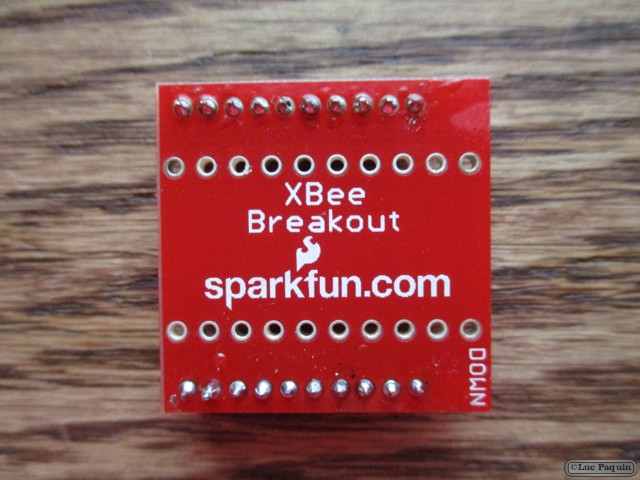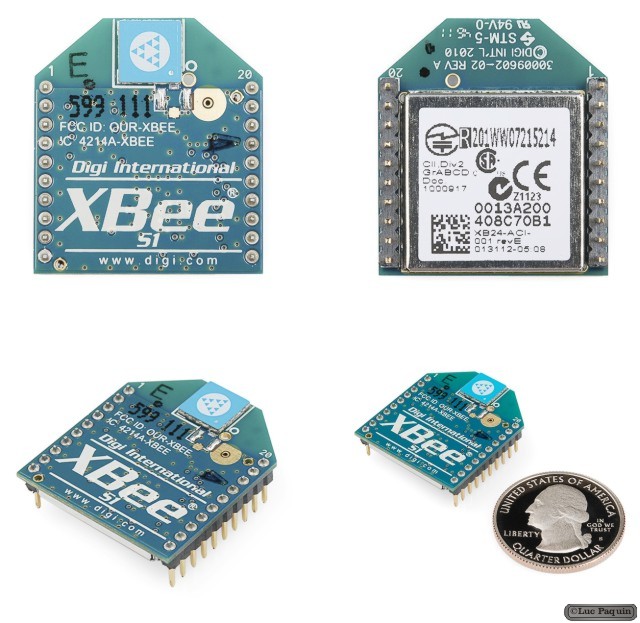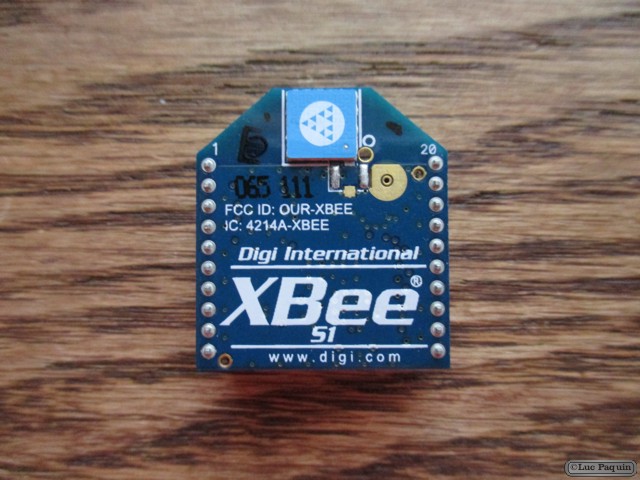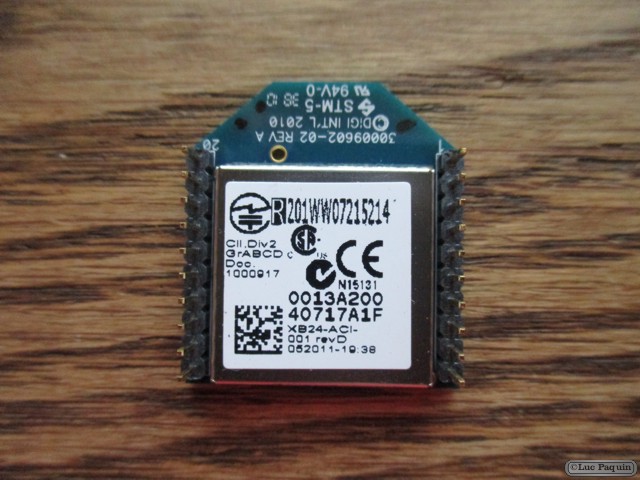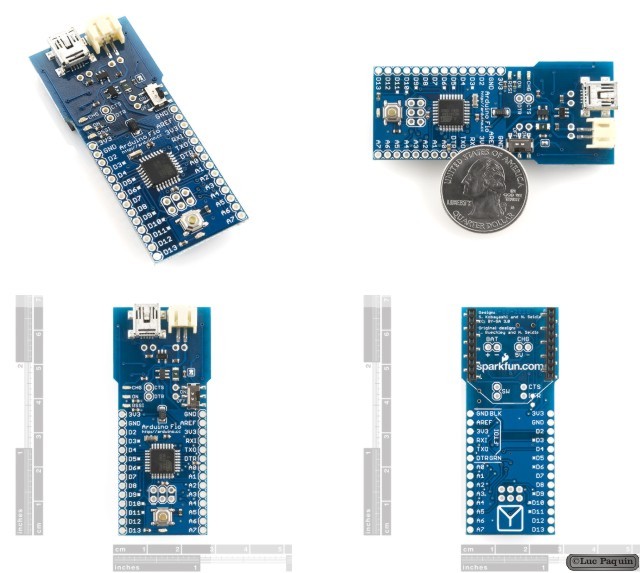
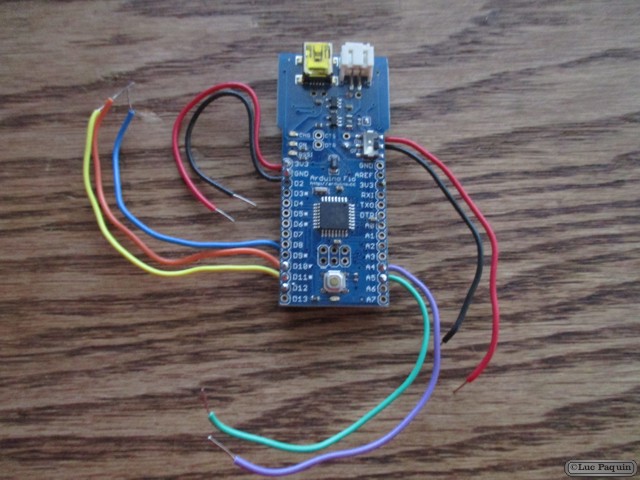
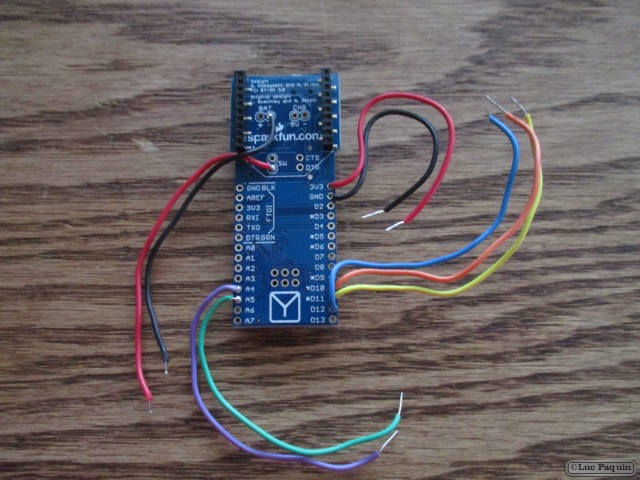
SparkFun: DEV-10116
Description: The Arduino Funnel I/O (Fio) is a board designed by Shigeru Kobayashi, based on the original design from LilyPad.
Funnel is a toolkit to sketch your idea physically, and consists of software libraries and hardware. By using Funnel, the user can interface to sensors and/or actuators with various programming languages such as ActionScript 3, Processing, and Ruby.
Arduino Fio is compatible with Funnel. It has connections for a Lithium Polymer battery and includes a charge circuit over USB. An XBee socket is available on the bottom of the board. The Fio has been designed to be wirelessly reprogrammable. Checkout our tutorial on wireless bootloading!
Note: The miniUSB connector is used for battery charging only. To bootload new firmware, you will need an external serial connection over an FTDI Basic, FTDI cable, or other serial connection. Check the related products below.
Note: The XBee socket and FTDI connection live on the same TX/RX pins of the ATmega328. You will need to remove the XBee module while reprogramming over serial. We recommend using a wireless bootloader whenever possible to avoid this step.
Note: A portion of this sale is given back to Arduino LLC to help fund continued development of new tools and new IDE features.
Features:
- ATmega328V running at 8MHz
- Arduino Bootloader
- XBee socket
- Lithium Polymer battery compatible
- MCP73831T LiPo Charger
- Reset button
- On/Off Switch
- Status/Charge/RSSI LEDs
Don Luc

